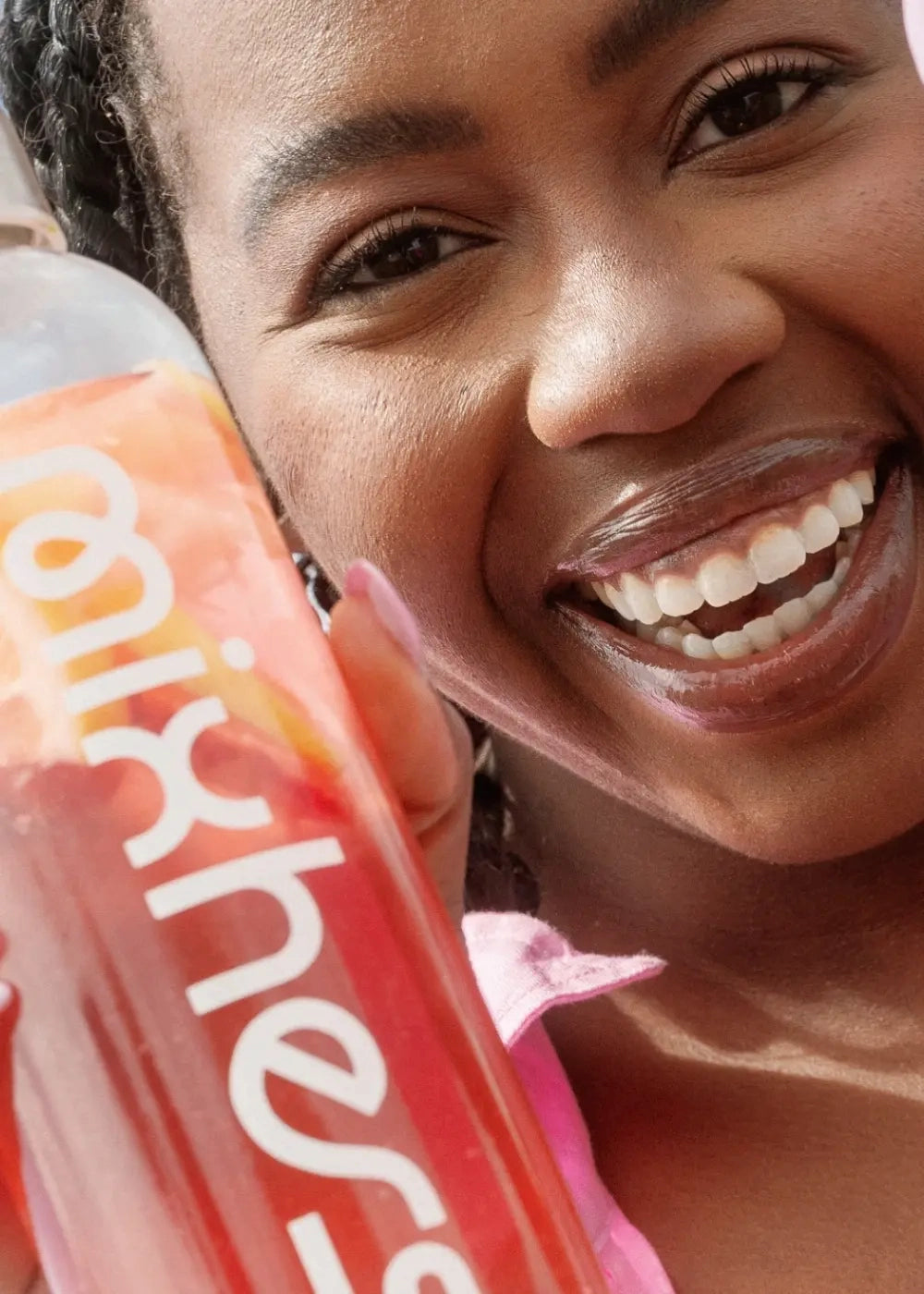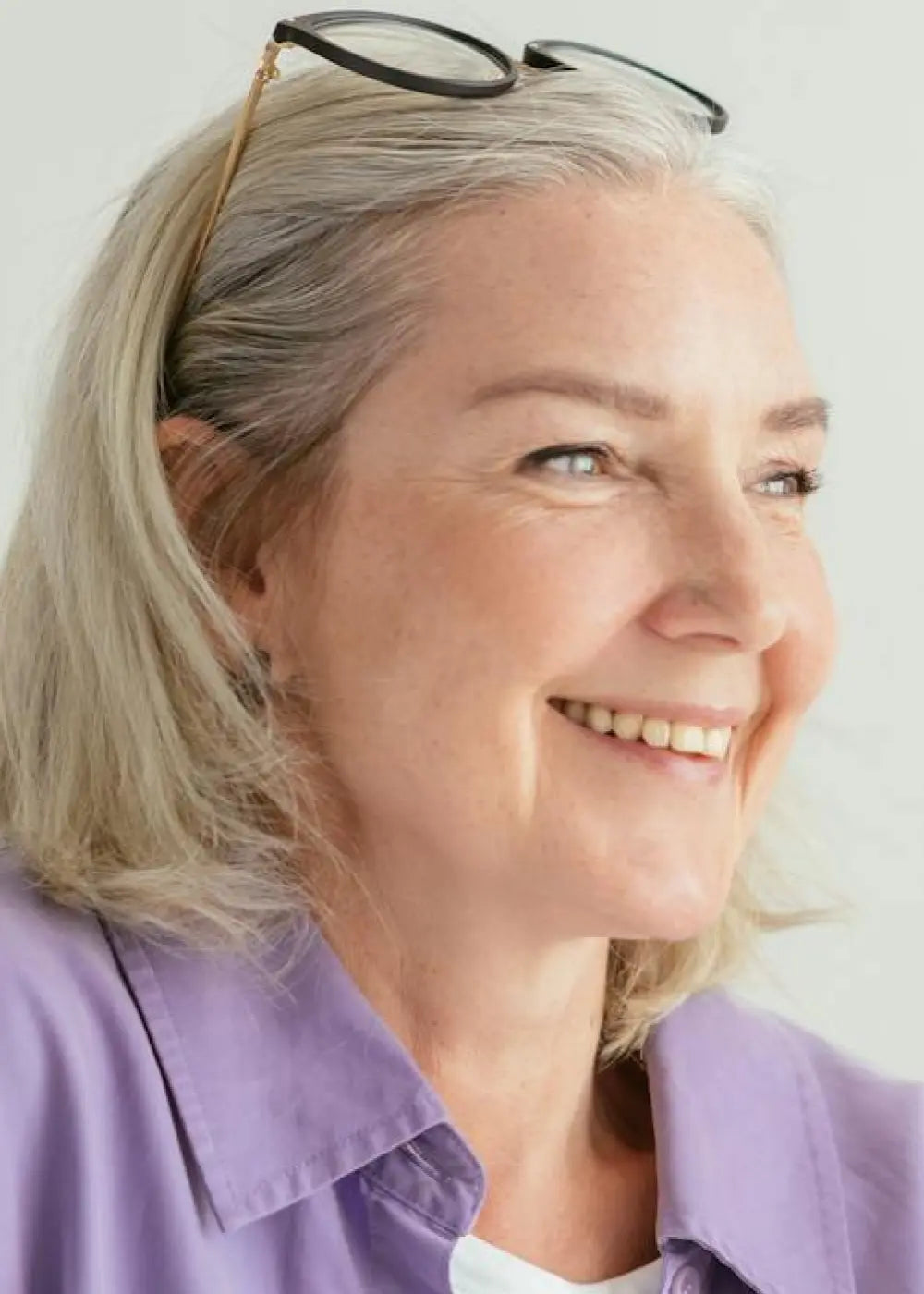If you’ve tried maintaining your fitness routines while experiencing disruptive PMS symptoms, you know how frustrating it can feel. And you’ve probably been left wondering why so many exercise protocols make a woman’s period symptoms worse?
Why do so many exercise programs fail to address a woman’s unique biology?
Women are the biggest consumers of wellness-industry products and programs. Yet most of the research behind these strategies is conducted on men, and women’s bodies work differently than men’s bodies. Women have unique biochemical needs that go unaddressed by exercise plans built around male-centered research.
That leaves women in a discouraging cycle:
- Feel tired, lethargic, out of shape, and unable to keep up with the demands of your day.
- Get excited about a new exercise program that promises to fix all your issues.
- Commit to the program and try to use willpower to keep up with its demands.
- Give up when you tire of fighting your body and wasting your money on yet another program.
- Repeat steps 1-4.
This cycle has a high price. And not just in the outrageous costs of some programs. You also pay a heavy toll in added stress and drained energy, not to mention the damage to your emotional and mental health.
Women need to adopt health-promoting strategies that are designed to work with our unique female biochemistry — which is to say, we need to understand how our metabolism, cortisol, and calorie needs change throughout our 28-day hormone cycle, or our infradian rhythm. We call the infradian rhythm our “second clock,” because it is an internal timekeeper that helps regulate our hormone production.
To achieve the results we’re all looking for — to improve body composition, lose weight, improve our energy and mood, and ease PMS-related discomfort — we need to understand and support the hormone changes we experience throughout the infradian rhythm.
How does our infradian rhythm affect our hormonal balance?
The infradian rhythm is an intricate biological cycle that specifically pertains to women, consisting of distinct phases that influence various aspects of their reproductive and hormonal health. Let’s learn a little about each phase:
- Menstrual phase — Lasts ~3–7 days. Most well-known phase as it comes with bleeding. Estrogen levels are low.
- Follicular phase — Lasts ~12 days. Also known as the proliferative phase. Your pituitary gland releases follicle stimulating hormone (FSH) that helps prepare an egg. Estrogen levels also begin to rise.
- Ovulation phase — Lasts ~2 days. Technically, ovulation only lasts around 12 to 24 hours, but depending on the sperm strength and uterine conditions, you can still become pregnant during a 6-day window immediately before and after ovulation.
- Luteal phase — Lasts ~12 days. Progesterone level peaks about halfway through. This phase is home to the host of symptoms known as PMS, including mood swings, headaches, acne, bloating, and tender breasts.
What’s the Best Strategy for Timing Your Workouts?
How can you create a sustainable exercise schedule that matches your menstrual cycle, delivers results, and fits into your busy life? By relying on the intuitive wisdom of your hormones, of course!
The first step is to track your cycle, which you can do with the Mixhers Cycle Insights app. The next step is to modify the type of activities you do each day and adjust the timing of your workouts depending on where you are in your cycle. This will allow you to play to your strengths, and get the results you want, all month long. Start by moving more intense workouts (HIIT) to the first half of your cycle and less intense workouts (yoga) to the second half of your cycle.
Workouts for Each Phase of Your Cycle
While strength training is recommended throughout the month, here are the different types of exercise we recommend for each of the four phases of your menstrual cycle:
Menstrual phase
- Workout — Walking is best. Keep your workouts mild, even if you’re not feeling major discomfort.
- When — Evening. A stroll is the perfect way to get some simple movement.
Follicular phase
- Workout — Cardio, like aerobics, jogging, or biking
- When — Mid-day. Your estrogen will be low and your cortisol levels will be just right for a challenging cardio burst.
Ovulation (mid-cycle)
- Workout — High-intensity interval training or bodyweight circuit
- When — Early morning. You’ll have increased energy during this time of the month, so take advantage of that natural high! Your testosterone is higher during this phase, so whatever you do, feel free to go all out.
Premenstrual/Luteal Phase
- Workout — Pilates, yoga, stretching
- When — Keep it early during the first half, and then transition into the early evening. You might still feel full of energy during the first days of your luteal phase, so feel free to keep doing more intense workouts early in the day.
But if you start to experience PMS symptoms in the days before your period, it’s time to tone it down and switch to Pilates or just strength training in the early evening. Restorative (yin) yoga before bed can also help combat issues like moodiness and bloating.
Not only will these types of movements match your energy level (and you won’t be fighting your natural hormonal rhythms, which is counterproductive and unhealthy), but you will get better results, too.
How Long Should Each Workout Be?
Keep in mind that it takes about 30 minutes of exercise to burn through all the glucose in your bloodstream. Once that’s gone, your adrenal glands pump out cortisol to trigger metabolic changes that help sustain your energy for a longer workout. Basically, your cortisol tells your fat cells to switch to sugar, which your body can use for energy.
While this may seem like a surefire way to melt unwanted pounds, that’s not the case for women with too much estrogen, which is a very common hormonal condition — and one of the primary drivers of most period problems, like acne and PMS to heavy, irregular, or missing periods. When your body is overloaded with estrogen, the circulating sugar gets converted back to fat, creating a vicious cycle.
If you’ve been suffering from period problems, or otherwise suspect that you have a hormone imbalance, focus your efforts on 30-minute exercise sessions.
How Does the Infradian Rhythm Affect Metabolism?
The hormonal fluctuations associated with a woman’s infradian rhythm can influence metabolic processes. Studies have shown that the basal metabolic rate (BMR) can vary throughout the menstrual cycle. BMR tends to be slightly higher in the luteal phase (after ovulation) compared to the follicular phase.
Hormones such as estrogen and progesterone play a crucial role in the menstrual cycle and can impact metabolism. During the follicular phase, estrogen levels rise, which can increase insulin sensitivity and favor glucose utilization for energy. In the luteal phase, progesterone levels rise, which may lead to increased appetite and calorie intake. And while a woman’s calorie needs go up during the luteal phase, her resting metabolic rate also rises. In other words, you will eat more in the last half of your cycle, but you will burn more, too.
Some studies suggest that women may have slightly higher energy expenditure during the luteal phase compared to other phases of the menstrual cycle. This may be due to increased thermogenesis (heat production) and increased physical activity levels.
What Are the Benefits of Syncing Your Exercise Routine with Your Infradian Rhythm?
Here are some potential advantages of aligning your exercise with the different phases of your menstrual cycle:
- Hormonal adaptation — Your hormone levels fluctuate throughout the menstrual cycle, and different exercise approaches during each phase can help optimize your body's response to these hormonal changes. By adjusting your exercise routine accordingly, you can work with your body's natural rhythms and potentially enhance your overall fitness and well-being.
- Energy optimization — Each phase of the menstrual cycle is associated with varying energy levels and physical capabilities. Adapting your exercise routine to align with your energy fluctuations can help you optimize your performance during workouts. This can result in more efficient and effective workouts, reducing the risk of overexertion or burnout.
- Strength and endurance — Hormonal changes throughout the menstrual cycle can affect factors like muscle strength, endurance, and recovery. For example, during the follicular phase, estrogen levels are higher, potentially improving muscle strength and the body's ability to recover. By tailoring your exercise routine, you can leverage these hormonal advantages and focus on specific training goals during different phases.
- Injury prevention — Due to hormonal fluctuations, ligaments and joints may be more vulnerable to injury during certain phases of the menstrual cycle. By adjusting your exercise routine and being mindful of your body's limitations during these phases, you can reduce the risk of injuries and ensure safer and more sustainable training.
- Mental and emotional well-being — The menstrual cycle can also influence mood, stress levels, and overall mental well-being. Exercise is known to have a positive impact on mental health, and matching your exercise routine to your infradian rhythm can help optimize the mood-enhancing benefits. For example, engaging in more calming exercises like yoga or mindful movement during the luteal phase when progesterone levels are higher may help reduce stress and promote relaxation.
- Cycle awareness and body connection — Aligning your exercise routine with your menstrual cycle encourages a deeper connection and understanding of your body. It promotes cycle awareness, helping you notice patterns and changes in your physical and emotional state. This awareness can lead to better self-care practices and a more holistic approach to health and well-being.
The Bottom Line
By optimizing your exercise routine to align with the phases of your infradian rhythm, you can unlock a range of benefits for your fitness and overall well-being. Matching your workouts to your hormonal fluctuations allows you to work with your body's natural rhythms, leading to more efficient and effective workouts. By adapting your exercise intensity, timing, and focus during each phase, you can optimize energy levels, enhance strength and endurance, and reduce the risk of injuries.
Additionally, syncing your exercise routine with your infradian rhythm promotes mental and emotional well-being, as it aligns with the mood-enhancing properties of different hormone levels. This approach fosters a greater connection with your body, promotes cycle awareness, and encourages a more holistic approach to your health and fitness journey. By embracing the power of your infradian rhythm, you can achieve optimal results and find a sustainable exercise routine that supports your unique female biochemistry.
Not sure which drink is right for you?
Get matched with products designed for your unique wellness goals.
Featured Product

Hertime® PMS
Hormone Support Supplement











